Shimmering Schiller: German-speaking Rosé Gets Its Day
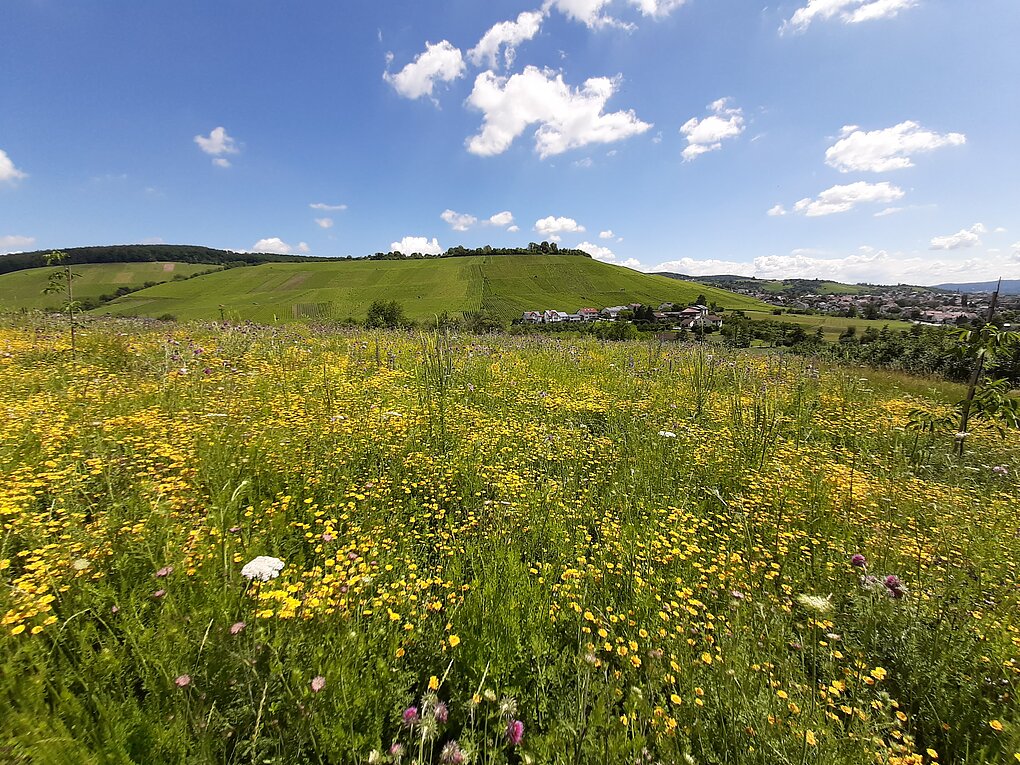
Germany offers a surprising array of rose wine styles. Elizabeth Gabay MW explores them here.

Germany offers a surprising array of rose wine styles. Elizabeth Gabay MW explores them here.
While others were busy “drinking pink,” Elizabeth Gabay, MW was writing the definitive and praise-winning work on it in her comprehensive book “Rosé: Understanding the Pink Wine Revolution” from Classic Wine Library. A regular in the trade since 1986, she received her Master of Wine in 1998. Her specialist interests include the Mediterranean and Central Europe. She has lived in southeast France on the Italian border for nearly twenty years.
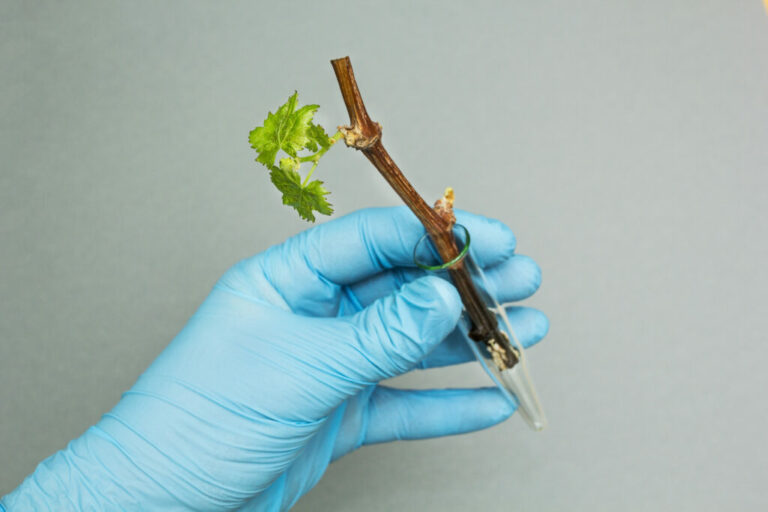
With a third generation of fungus-resistant hybrid wine grapes in development, are we poised for a breakthrough in the spread of so-called PIWIs? Will the quest for an alternative to disease-prone Pinot Noir finally bear fruit? Swiss researchers, breeders, nurseries, and winemakers are at the forefront of this effort. For an increasing number of vintners, traditional grape growing with seven to 12 rounds of spraying annually has become unsustainable. For some, organic farmingisn’t the answer. Because organic agents work superficially and wash off with rain,they must be applied more frequently. This requires more labor and more passes through the vineyard,…...
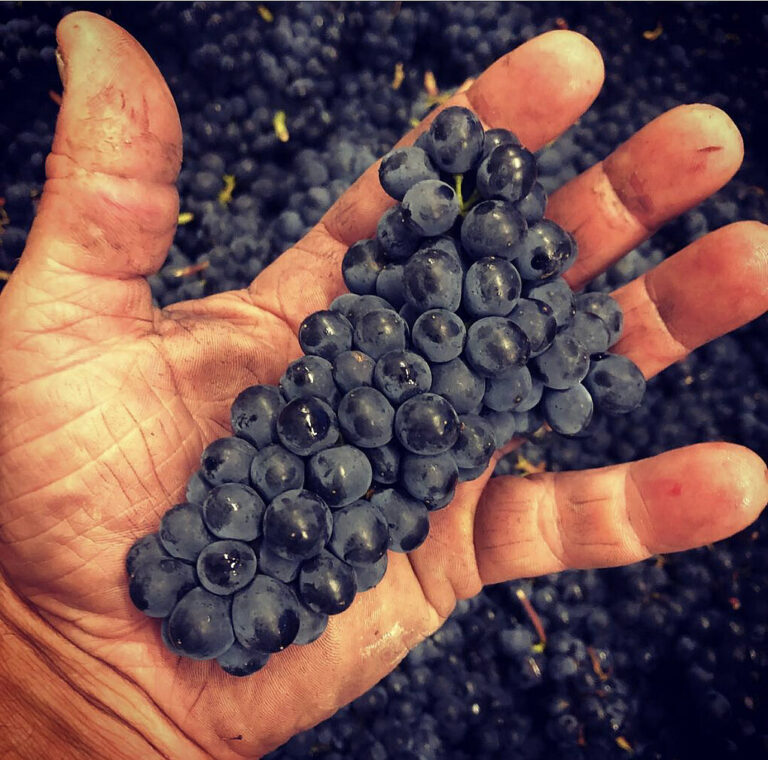
Pinot Noir from Switzerland? Gantenbein! Donatsch! Hardly another country exists whose reputation among international wine lovers for producing quality wines from this variety boils down to just two names. It’s high time that other Swiss producers get some of that spotlight – and there’s no reason why they shouldn’t come from the Canton of Zürich. Deutschschweiz, the sizable swath of eastern Switzerland that is German-speaking, is Pinot Noir land. Reportedly, the vine was introduced to Graubünden in 1631 by the Duke of Rohan, as a gift to local farmers, to win them over as mercenaries during the 30 Years War…....
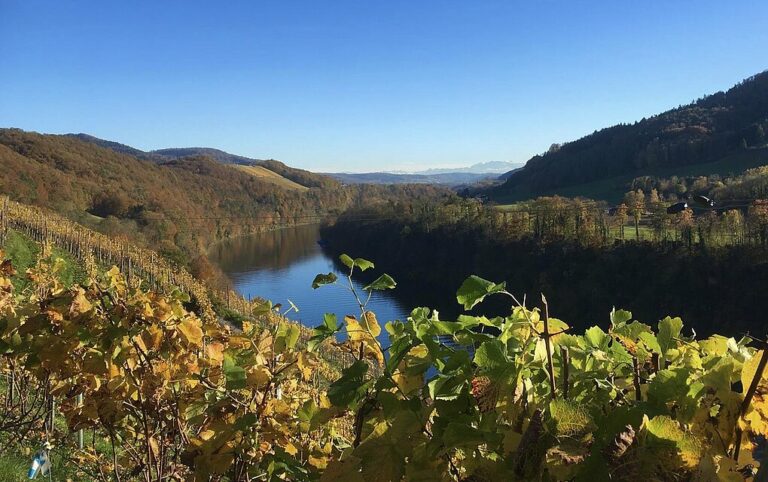
Every guide to Swiss wine begins with the same emphatic but overly simple premise: there are six wine regions in Switzerland. That means one of them, Deutschschweiz, is forever miscast as a single entity, even though it encompasses 19 cantons and covers two-thirds of the nation’s surface area. Meanwhile, four of the other official regions are single cantons — Geneva, Vaud, Valais, and Ticino — each with its own story to tell; a sixth — the Three Lakes region — is geographically contiguous, linguistically mixed and, while quite small, celebrated for its diversity. Why, I ask, is there so little…...
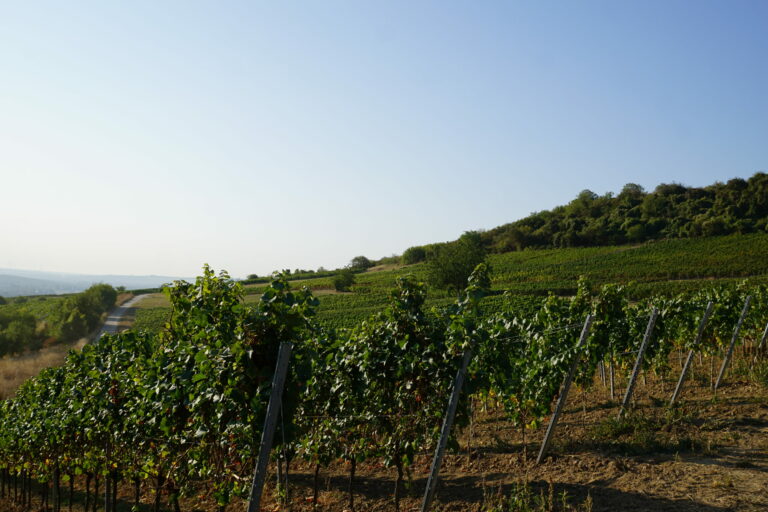
If there is an underdog in Germany’s largest winegrowing region, Rheinhessen, it is Scheurebe. Vinified sweet for many years, Scheurebe — pronounced SHOY-ray-beh — largely fell out of fashion. But things changed, and with the dry wine revolution in Germany over the last 20 years, Scheu is back, with — to quote Patti LaBelle — brand new ideas and a new attitude. “Scheu,” as aficionados like to call it, was bred by German viticulturist Justus Georg Scheu in 1916. Unhappy with the many highly acidic and sour Rieslings he encountered, Scheu (the man, not the grape) wanted to create a…...
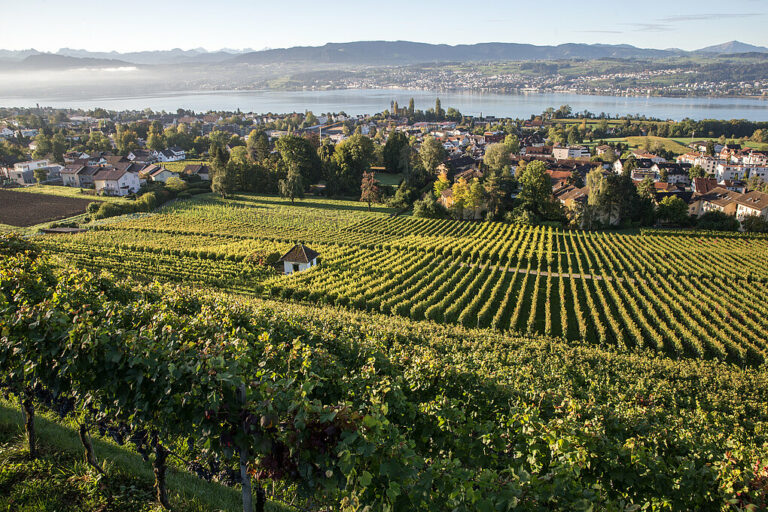
Räuschling isn’t just wonderfully umlauted, it’s also one of the most exciting autochthonous white wine varieties in German-speaking Switzerland. This became clear to me on a March afternoon in 2015. I had accepted an invitation from Mémoire des Vins Suisses to come to Zürich and take part in a Räuschling vertical tasting — featuring vintages that stretched back to 1935 — at Weingut Schwarzenbach in Meilen on Lake Zürich. Since then, I taste every Räuschling I can get my hands on. The lively acidity, fine citrus aromatics, and aging potential of this rare variety fascinate me over and over. Native…...
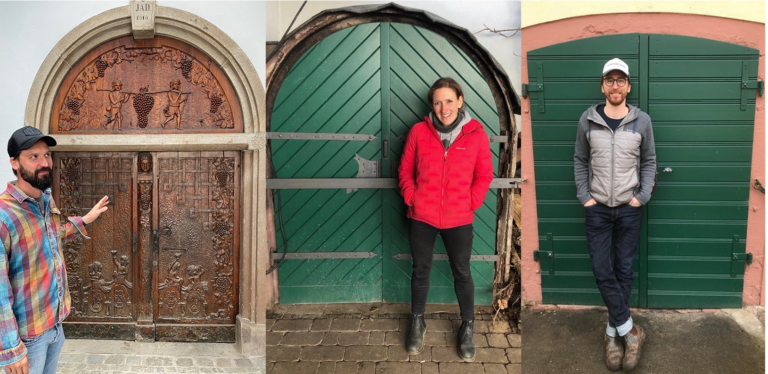
For over a year, we’ve been living with a pandemic that has shut down more than just our senses of taste and smell. It has forced us to rely on at-home experiences like a glass of wine to satisfy our longing for travel. But what do the places of our terroir dreams taste like? What exactly constitutes the origins of a wine? To use a loaded German word, how much Heimat (loosely, homeland) is in terroir? Flash back to harvest 2012. Max von Kunow of Weingut von Hövel in Germany’s Saar visits the Jurtschitsch family in Austria’s Kamptal for a vacation before his own harvest. Together…...
Enjoy unlimited access to TRINK! | Subscribe Today